When you start any business, you spend a lot of time, effort and possibly even money to conceptualise and define your brand. The next step is to start consistently using the brand, promoting it and building up a reputation in it, so that customers will start to recognise and trust your brand.
Inevitably, every entrepreneur will create, adopt and start using at least one trade mark. A trade mark is typically created at a very early stage, but has the potential to become the business’s most valuable asset. Just think of some of the most well-known and valuable brands: Amazon, Apple, Google, Facebook, Coca-Cola. These names and their associated logos are all trade marks.
Don’t underestimate the value of properly protecting your trade mark. It may feel like an unnecessary effort or expense when you’re starting out, but it could cost you a lot of money and heartache if a competitor copies your trade mark or you are forced to redo all your marketing material.
Here are 4 things every start-up should know about trade marks:
1. It’s not just a logo
A trade mark is any sign that you use to distinguish your brand from other brands. This can be your company name, product names, logos, slogan, tagline or even a unique product shape or container.
You can protect and own each of these separately. The first trade mark to protect is usually the name of your business or the name of your product or service.
If you register a name as a “word mark”, you will have the exclusive right to use that name for the goods or services that it is registered for, regardless of the font, colour, logo or stylised format it is used in.
2. The more distinctive and the less descriptive, the better
You cannot legally own or enforce a trade mark if it is simply a description of your goods or services. That does not mean your trade mark has to be completely random and cannot tell customers what you sell, it simply means there are reasonable limits to what you can claim a monopoly on.
Avoid choosing a trade mark that is merely a description of your goods or services, like “The Food Shop” for a store that sells foodstuffs or a mark that describes the qualities of your offerings, like “The Best Oven Chips” for chips. The strongest types of trade mark are completely made-up words, like “Kodak” or “Lycra”, or an arbitrary mark, like “Apple” for computers, but a trade mark can also be somewhere in between, like a suggestive mark such as “Netflix” for streaming services or a barely distinctive mark like “Kentucky Fried Chicken” for fried chicken.
3. Make sure the trade mark is available (before you spend too much money on it)
Before you start using or apply to register a trade mark, you should make sure that the trade mark does not already belong to someone else.
You are not allowed to use or register a trade mark that is identical or confusingly similar to a trade mark that another person has filed, registered or used extensively for the same type of products or services.
Even if your trade mark is not identical to an existing trade mark or you intend to use it for different goods or services, it could still be an issue. The test is whether the public is likely to be confused or deceived into believing that your product or service is somehow associated with the products or services that the other trade mark relates to.
Although the Internet is a good place to start, it is not enough to just do a Google search. The fact that the company name or domain name was available is also not a guarantee that the trade mark is legally available to be used. It is best to get a trade mark attorney to conduct a trade mark search for you in the official trade marks register of the relevant country. Although it may be an additional up-front cost, it could save you a lot of money and heartache down the road and buy you some peace of mind.
4. Register. Your. Trade mark
Even if you decide to skip doing a trade mark search, do your small business a big favour and apply to register your trade mark.
If you like your trade mark and want to own it, don’t delay applying to register it, because timing is important.
The registration process can take several months and in some cases up to two years (or more), depending on the country, but your rights will be backdated to the date the application was filed. As a small business it may take a while before you built up a reputation in your brand and if someone else starts using a similar trade mark shortly after you, it may be very difficult to stop them if you don’t have a registered trade mark.
One of the big advantages of registering a trade mark is in the online retail space and on social media. If someone infringes your registered trade mark on social media or an online retail platform, like on Facebook or Amazon, you can submit your trade mark registration and ask for the infringement to be removed. Amazon will even help you police your trade mark and pro-actively prevent your trade mark from being infringed.
You might have many trade marks that you can or want to register (your name, logo, slogan, etc.) and it can be costly to register all those marks at once. If the costs are outside your budget, don’t be overwhelmed and give up. Talk to a trade mark attorney to help you decide where to start and prioritise which trade marks to register first. Generally speaking, your company name or product name will likely be your first priority.
Branding is very important and your trade marks are the cornerstones of your branding. Protect them.

